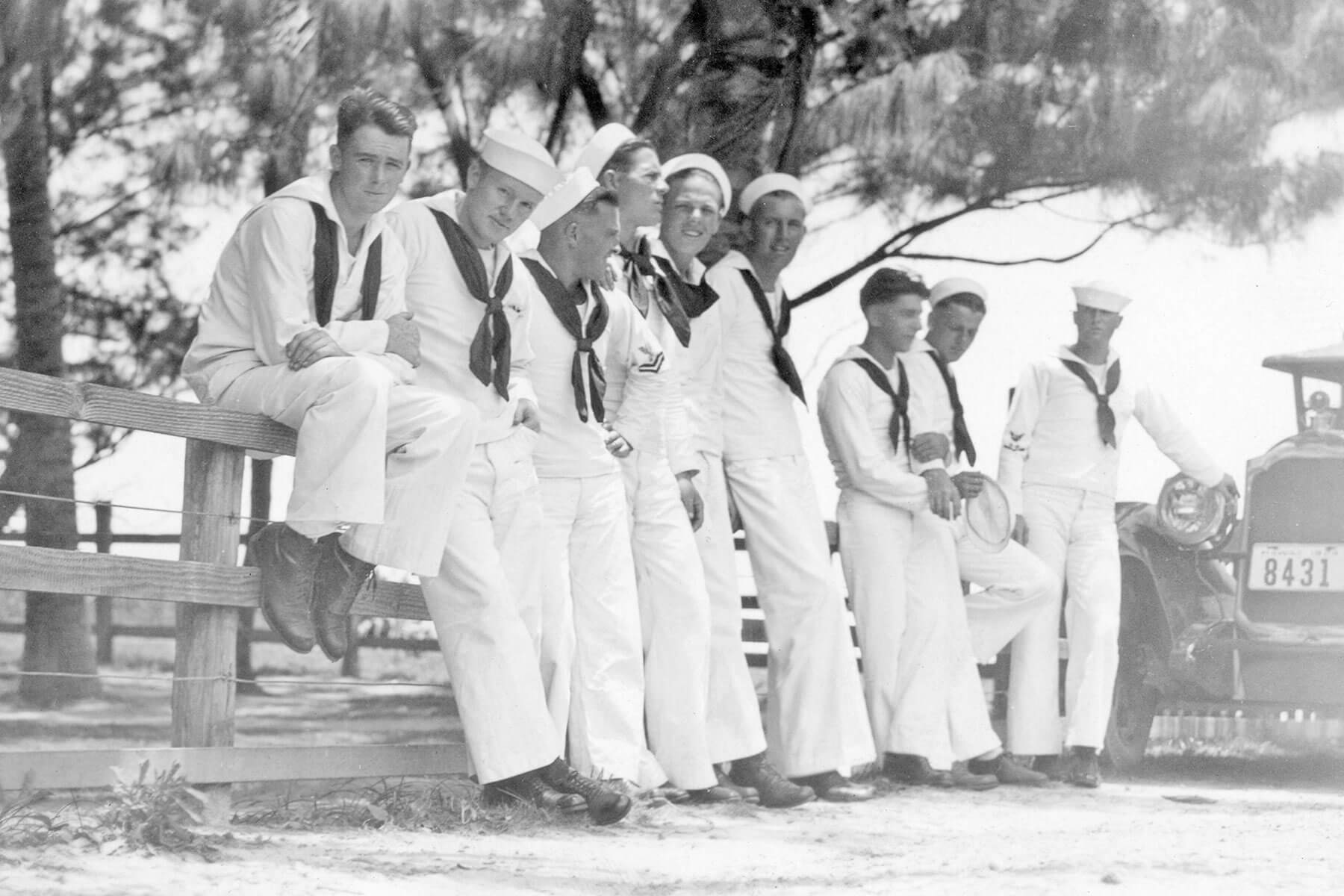How drivers got fuel before gas stations
Sunday, October 13, 2024
When the automobile was first taking off, gas pumps as we know them today didn't exist. |
| |
| |
|
 |
|
| W hen the automobile was first taking off, gas pumps as we know them today didn't exist. In fact, the very first motor vehicles were powered not by gasoline, but rather by steam, electricity, or in some cases, kerosene. In the early days of oil drilling in the mid-1800s, when the first gas-powered cars were still decades away, oil companies were after kerosene for lamp fuel. Gasoline was just a byproduct of creating kerosene, and was often burned or discarded. The predecessor to the gas pump wasn't designed for cars; the first one was installed in a grocery store in 1885 to measure and dispense kerosene for lamps. |
|
|
| In the 1890s, car inventors realized gasoline made great motor fuel, and what was once disposable suddenly became valuable. In the early days of gas-powered vehicles, there weren't any gas stations to dispense the fuel, so customers bought gasoline the same way they bought kerosene: in a can at the pharmacy, blacksmith shop, or grocery store. Although its inventor, Sylvanus Freelove Bowser, didn't anticipate it at the time, the pump originally designed for kerosene ended up being extraordinarily useful for filling cars with gasoline. In 1905, Bowser added a long hose to one of his pumps so motorists could fill up curbside. While there's some disagreement on what the very first gas station was, the first drive-up service station is usually cited as the Gulf Refining Company pump that opened in downtown Pittsburgh in 1913. |
|
 |  |
|
|
 |
|
| |
|
| Cost of a gallon of gasoline at the first drive-up gas station | | | 27¢ |
| | | Year Carl Benz patented the first gas-powered vehicle | | | 1886 |
| | | Year Carl Benz patented the first gas-powered vehicle | | | 1886 |
|
|
|
| Gallons of gas used by Americans in 2022 | | | 135.73 billion |
| | | Hybrid cars (not including plug-in) sold in the U.S. in 2023 | | | 1.2 million |
| | | Hybrid cars (not including plug-in) sold in the U.S. in 2023 | | | 1.2 million |
|
|
|
 |
|
 | | Did you know? |
|
|
The first hybrid car debuted in 1900. |
|
| Hybrid cars didn't become a practical choice for consumers until the Toyota Prius became available in the late 1990s, but the Prius wasn't the first car to run on both gasoline and electricity. As early as 1900, both electric and gas vehicles were common, and auto engineer Ferdinand Porsche — who went on to found the eponymous sports car manufacturer — developed a novel system to use both. He used electric motors that could be refueled by a gas-powered generator, giving the car a much wider driving range than other electric vehicles at the time. A later version of the car was on the market for more than a decade, but the vehicles were prohibitively expensive and unpleasant to ride in, so they never took off. |
|


posted by June Lesley at 4:03 AM










![]()
![]()






0 Comments:
Post a Comment
<< Home